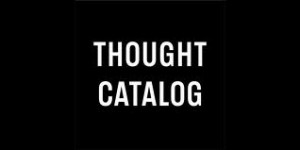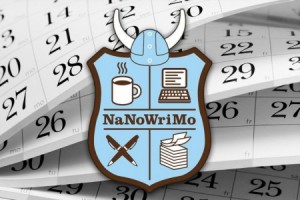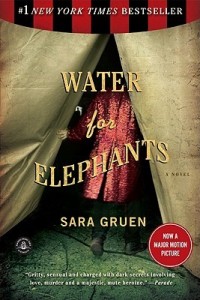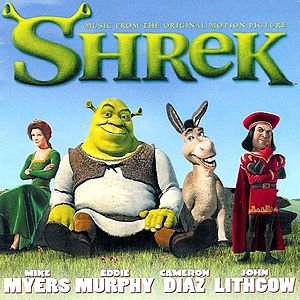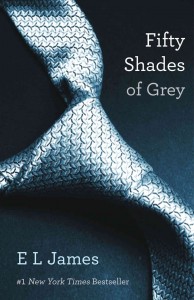Recently, several contemporary novels have been picked up for adaption from their original form to a script for the big screen. The most recent among these stories are the Hunger Games trilogy as well as Ender’s Game. The first installment of the Hunger Games trilogy was released in May of 2012 and the second installment, Catching Fire, was released November 22nd, just in time tempt crowds over Thanksgiving break. Ender’s Game, a military science fiction novel written by Orson Scott Card and published in 1985, was just recently released in theatres this past November 1st.
 When the end of the Harry Potter film franchise finally arrived in July of 2011, it was only a matter of time before a new franchise built around a teen-lit series came to the big screen. This successor of the popular Potter films came in the form of Suzanne Collins’ Hunger Games trilogy, of which the first novel was published in 2008. Unlike Harry Potter, the Hunger Games trilogy follows a female protagonist living within a future world in which children are forced to fight to the death in what is referred to as “The Hunger Games.” The Hunger Games was a prime candidate for the next adapted series blockbuster not only because of its strong female lead, but also because of the dystopian world it depicts. Recently, “end of the world” plots have been a common thread among movies, and have generally been large successes at the box office. With films depicting alien invasions, zombies, and apocalypses dominating cinemas everywhere, the declining and broken world of The Hunger Games could not be more relevant; discussing the current “it” theme in pop culture. Due to its relevancy, The Hunger Games has found critical success both as a series of novels and as a film franchise, and is expected to do just as well in the box office with the upcoming installment of Catching Fire.
When the end of the Harry Potter film franchise finally arrived in July of 2011, it was only a matter of time before a new franchise built around a teen-lit series came to the big screen. This successor of the popular Potter films came in the form of Suzanne Collins’ Hunger Games trilogy, of which the first novel was published in 2008. Unlike Harry Potter, the Hunger Games trilogy follows a female protagonist living within a future world in which children are forced to fight to the death in what is referred to as “The Hunger Games.” The Hunger Games was a prime candidate for the next adapted series blockbuster not only because of its strong female lead, but also because of the dystopian world it depicts. Recently, “end of the world” plots have been a common thread among movies, and have generally been large successes at the box office. With films depicting alien invasions, zombies, and apocalypses dominating cinemas everywhere, the declining and broken world of The Hunger Games could not be more relevant; discussing the current “it” theme in pop culture. Due to its relevancy, The Hunger Games has found critical success both as a series of novels and as a film franchise, and is expected to do just as well in the box office with the upcoming installment of Catching Fire.
The adaption of Ender’s Game is somewhat of an enigma because of its original 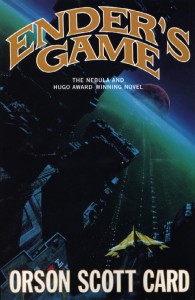 date of publication. Unlike the more contemporary Hunger Games trilogy, Ender’s Game is a well established novel that has been around for over twenty-five years. Part of the reason it has not been adapted to the screen before this point most likely has to do with a lack of resources to accurately and adeptly portray the many science fiction effects that are within the book. One example of this would be the Battle Room, a highly technological arena where “fleets” of children battle in midair in training for war against the alien species, called the “Buggers.” Portraying the futuristic technological advancements described within Card’s book would have proved problematic back in the 1980s. However, one questions why this book had not been adapted earlier, then simply remade later on when better technology became available. This can be seen in the franchise of the Stephen King novel-turned-film Carrie, which now boasts a grand total of three films based off the original novel spanning from 1976-2013. The reason for the late adaption of Ender’s Game to the big screen has much to do with the reasons why The Hunger Games is proving so popular now: pop culture. In the 1980s, futuristic violent worlds were not the popular theme in film. Rather, adventure films set a bit more within reality (such as the Indiana Jones franchise) thrived. Therefore, it makes sense that production companies have waited to release Ender’s Game at a time when its themes will appeal to more people.
date of publication. Unlike the more contemporary Hunger Games trilogy, Ender’s Game is a well established novel that has been around for over twenty-five years. Part of the reason it has not been adapted to the screen before this point most likely has to do with a lack of resources to accurately and adeptly portray the many science fiction effects that are within the book. One example of this would be the Battle Room, a highly technological arena where “fleets” of children battle in midair in training for war against the alien species, called the “Buggers.” Portraying the futuristic technological advancements described within Card’s book would have proved problematic back in the 1980s. However, one questions why this book had not been adapted earlier, then simply remade later on when better technology became available. This can be seen in the franchise of the Stephen King novel-turned-film Carrie, which now boasts a grand total of three films based off the original novel spanning from 1976-2013. The reason for the late adaption of Ender’s Game to the big screen has much to do with the reasons why The Hunger Games is proving so popular now: pop culture. In the 1980s, futuristic violent worlds were not the popular theme in film. Rather, adventure films set a bit more within reality (such as the Indiana Jones franchise) thrived. Therefore, it makes sense that production companies have waited to release Ender’s Game at a time when its themes will appeal to more people.
Based on these examples, it is clear that when choosing which book series will become the next film franchise, much thought goes into the current mood of pop culture. By giving the people what they want, production companies get what they want: publicity and money, money, money. Sometimes capitalizing on literature pays off.





